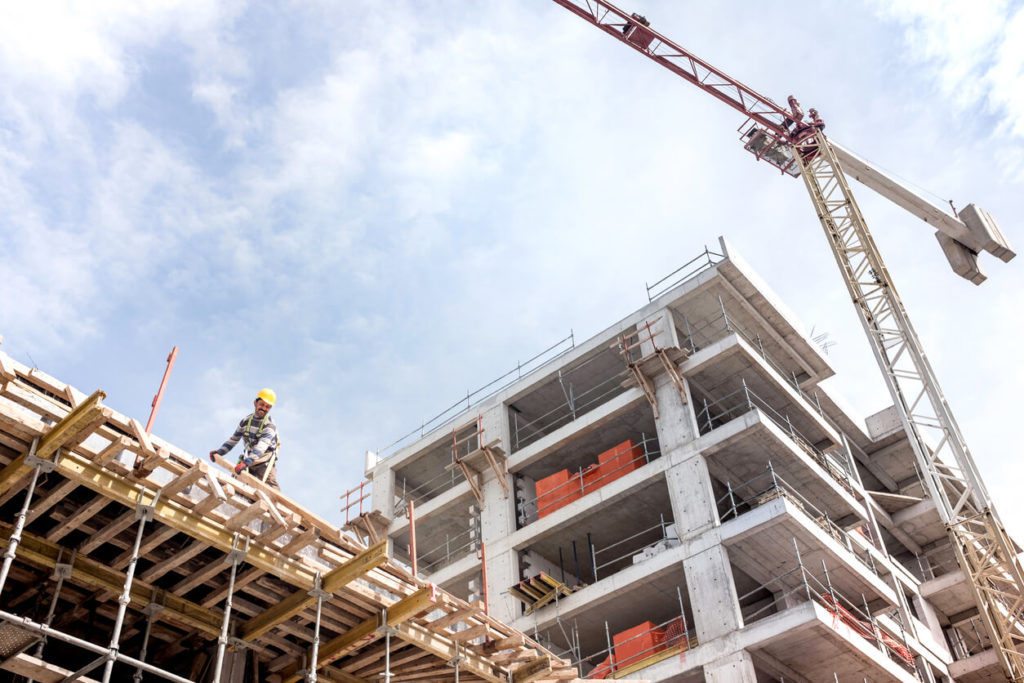On 2 December 2016, the Building and Construction Industry (Improving Productivity) Act 2016 and the Building and Construction Industry (Consequential and Transitional Provisions) Act 2016 came into effect, with it also comes the reincarnation of the Australian Building and Construction Commission (ABCC).
What does This Mean for You?
As the new year comes around, many in the building and construction industry are looking forward to seeing how the newly badged ABCC will start influencing the on-site behaviours of those known and seen to be doing the wrong thing, but also more importantly reforming the industry.
As the ABCC returns, there will also be an increase in penalties for those that break workplace laws to a level where they may start having some impact and act as a real deterrent. There will also be a renewed emphasis on Right of Entry, Coercion, Freedom of Association and Unlawful Industrial Aaction, that we all know need controlling, unlike the Fair Work Building and Construction days that looked at underpayment of wages and Sham Contracting.
However, as a means of passage for the ABCC the government made a number of very notable concessions, which included:
- Commitments around procurement policy;
- Restriction on 457 visa workers;
- Increased oversight of the ABCC’s highly scrutinised coercive powers; and
- Additional accountability measures for the likely head of the ABCC, Nigel Hadgkiss.
The Minister for Employment also issued a new building code, known as the Building and Construction industry (Fair and Lawful Building Sites) Code (2016 Code), which applies to all companies who wish to undertake Commonwealth-funded building work. The key elements of the 2016 Code include:
- The 2016 Code will apply to all new tenders from 2 December 2016:
- Once a building contractor or building industry participant becomes subject to the terms of the Code, it and its related entities must comply with the Code on all new projects;
- ‘Building work’ as defined by the 2016 Code has also been expanded to now include the supply and transport of building goods directly to building sites for subsequent use in building work;
- Certain Commonwealth funded projects will require a Workplace Relations Management Plan to be in place that has been approved by the ABCC and must demonstrate Code compliance;
- A Code related company must not negotiate for or make an agreement knowing that the agreement will not be registered under the Fair Work Act 2009 (Cth) (“FW Act”);
- All contractors who are wanting to undertake Commonwealth-funded building work will now require a letter of compliance from the ABCC, confirming that they are now eligible to tender and subsequently work on these projects.
- No action by Code companies to compel contractors, subcontractors or consultants to make over-entitlement payments; and
- Further enhanced Right of Entry and Freedom of Association requirements.
The important concession though must be for any building and construction company that has an existing EBA that was made prior to 2 December 2016, have until 1 September 2017 to ensure the EBA is Code compliant. This approach and watering down has of the immediate impact of the Code reforms having a negative effect on construction companies that have either been holding off on signing a new EBA (subject to the 2016 Code) versus those companies that have already signed up to the CFMEU Pattern Agreement and now have a honeymoon period of nearly two years to ensure their EBA complies.
Call to Action
For everyone else, and that is most companies in the industry, who have allowed their existing agreement to pass the nominal expiry date pending the outcome of the passing of this important piece of legislation, your call to action is now.
If you want any assistance to move away from the pattern EBAs that have plagued the industry for so long, or need help to ensure your agreement is 2016 Code compliant, please give Warren Cruse, Senior Consultant from Workplace Wizards a call on 0412 107 941 or email at warren@workplacewizards.com.au.
Warren spent nearly ten years as an investigator and later Assistant Director with the previous ABCC.




0 Comments Leave a comment
Comments are closed.